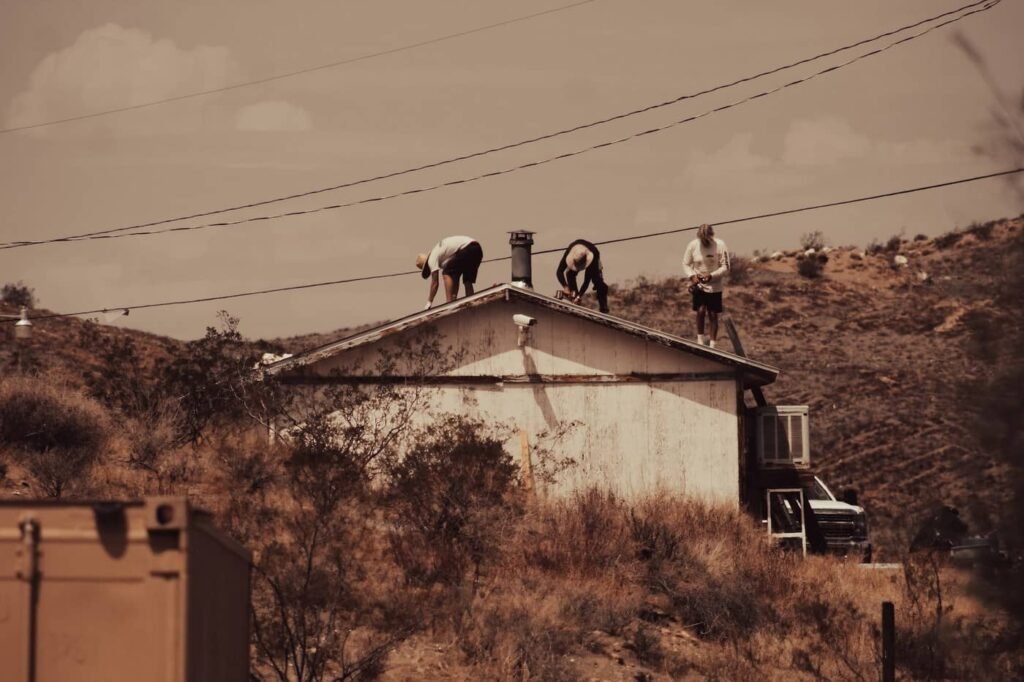Picture this: It’s a cold winter evening, and you’re cozily seated by a roaring fire, enjoying the crackling sounds and warmth that only a fireplace can provide. However, there may be an unseen danger lurking in your home, one that can compromise your safety and even your property. We’re talking about cracks in your chimney, a silent threat that demands attention. In this article, we’ll explore the dangers of chimney cracks and why addressing them promptly is crucial for maintaining a safe and functional fireplace.
- Structural Integrity:
Chimney cracks can significantly compromise the structural integrity of your entire chimney system. Over time, weathering, thermal expansion, and contraction can cause cracks to develop, allowing moisture to seep into the masonry. When water freezes and expands within these cracks, it exacerbates the damage, leading to larger and deeper cracks. These structural issues can weaken the chimney, potentially resulting in its collapse or damage to other parts of your home. - Fire Hazards:
One of the most severe risks associated with chimney cracks is the increased potential for fires. When a chimney has cracks, it fails to contain the intense heat generated by the fire efficiently. The heat can then escape through the cracks, reaching nearby combustible materials within your home’s structure. This situation dramatically increases the likelihood of a house fire, posing a significant threat to both property and lives. - Carbon Monoxide Poisoning:
Chimney cracks can also lead to a deadly hazard: carbon monoxide (CO) poisoning. CO is a colorless, odorless gas produced when fuel is burned. In a properly functioning chimney, this toxic gas is safely vented out of your home. However, when there are cracks in the chimney, CO can leak back into your living spaces instead of being expelled outside. Inhalation of carbon monoxide can lead to symptoms such as dizziness, headaches, nausea, and even death. It is crucial to install carbon monoxide detectors in your home, but addressing chimney cracks is an equally vital preventative measure. - Water Damage:
Aside from compromising the structural integrity of your chimney, cracks can also introduce water damage into your home. As moisture seeps through the cracks, it can damage the chimney lining, deteriorate surrounding masonry, and lead to issues like mold growth, water stains, and weakened support structures. Over time, this water damage can spread to other parts of your home, resulting in costly repairs and potentially harmful health implications. - Energy Inefficiency:
A cracked chimney can impact the energy efficiency of your home. When cracks allow air to enter or escape, it disrupts the balance of air pressure within your home. This, in turn, can make your heating and cooling systems work harder to maintain the desired temperature, leading to increased energy consumption and higher utility bills. By addressing chimney cracks promptly, you can maintain a more energy-efficient home and save on heating and cooling costs.
Conclusion:
Chimney cracks may seem like minor issues, but the dangers they pose should not be underestimated. From compromising the structural integrity of your chimney to creating fire hazards, carbon monoxide poisoning risks, water damage, and energy inefficiency, the consequences of neglecting chimney cracks can be dire. To safeguard your home and loved ones, it is crucial to have your chimney inspected regularly and repair any cracks promptly. Remember, prevention is always better than cure when it comes to chimney safety. Stay proactive, and enjoy the warmth of your fireplace without compromising your well-being.






